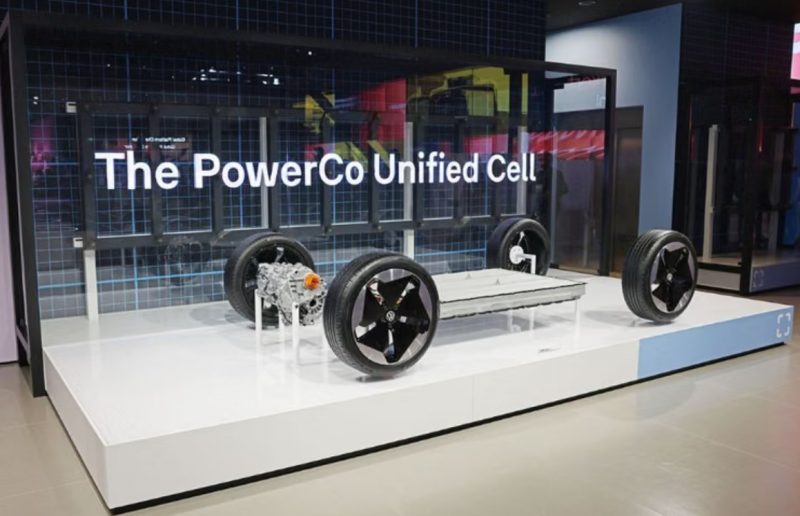
Game-Changer for Small EVs: Volkswagen’s Unified Cell Battery Technology
Volkswagen Group and PowerCo have officially introduced the production-ready Unified Cell at the IAA Mobility show in Munich. The new battery architecture, developed under the umbrella of PowerCo, will debut in Volkswagen’s upcoming Electric Urban Car Family—including models from ŠKODA and CUPRA. With production beginning later this year at the Salzgitter Gigafactory in Germany, followed by Valencia (Spain) and St. Thomas (Canada), the Unified Cell marks a strategic leap for Europe’s battery self-sufficiency.
Unlike previous batteries, the Unified Cell integrates advanced cell-to-pack (CTP) technology, offering a range of up to 450 kilometers and ultra-fast charging times under 25 minutes. Volkswagen reports an energy density of 660 Wh/l, representing a 10% increase in power compared to earlier cells. This development not only enhances efficiency but also significantly lowers cost and weight through gigacasting methods for key structural components.
Flexible Chemistry Meets Scalable Design in Unified Cell Battery
The Unified Cell isn’t just about performance; it’s also about platform scalability and global applicability. Built around a prismatic cell design, the battery can adapt to multiple cell chemistries—including LFP, Sodium-Ion, NMC, and Solid-State—without altering the pack architecture. This allows Volkswagen to standardize 80% of its EV battery production while maintaining chemistry flexibility depending on performance, cost, and regional supply considerations.
PowerCo, Volkswagen’s battery subsidiary, leads both development and production, but the company is also partnering with external suppliers to expand output. All critical materials—especially cathode precursors—are sourced from European suppliers, reinforcing the EU’s ambition to compete globally in battery technology and reduce dependence on Asian markets.
SuperMetalPrice Commentary:
The introduction of the Unified Cell marks a strategic turning point for Volkswagen and the broader European EV supply chain. By localizing production and adopting a chemistry-flexible, cell-to-pack design, Volkswagen not only slashes costs but also enhances energy security. As battery material prices fluctuate and regional policies tighten, platforms like the Unified Cell offer OEMs the modularity they need to hedge against volatility. PowerCo’s innovation signals that European automakers are no longer playing catch-up—they’re rewriting the playbook.



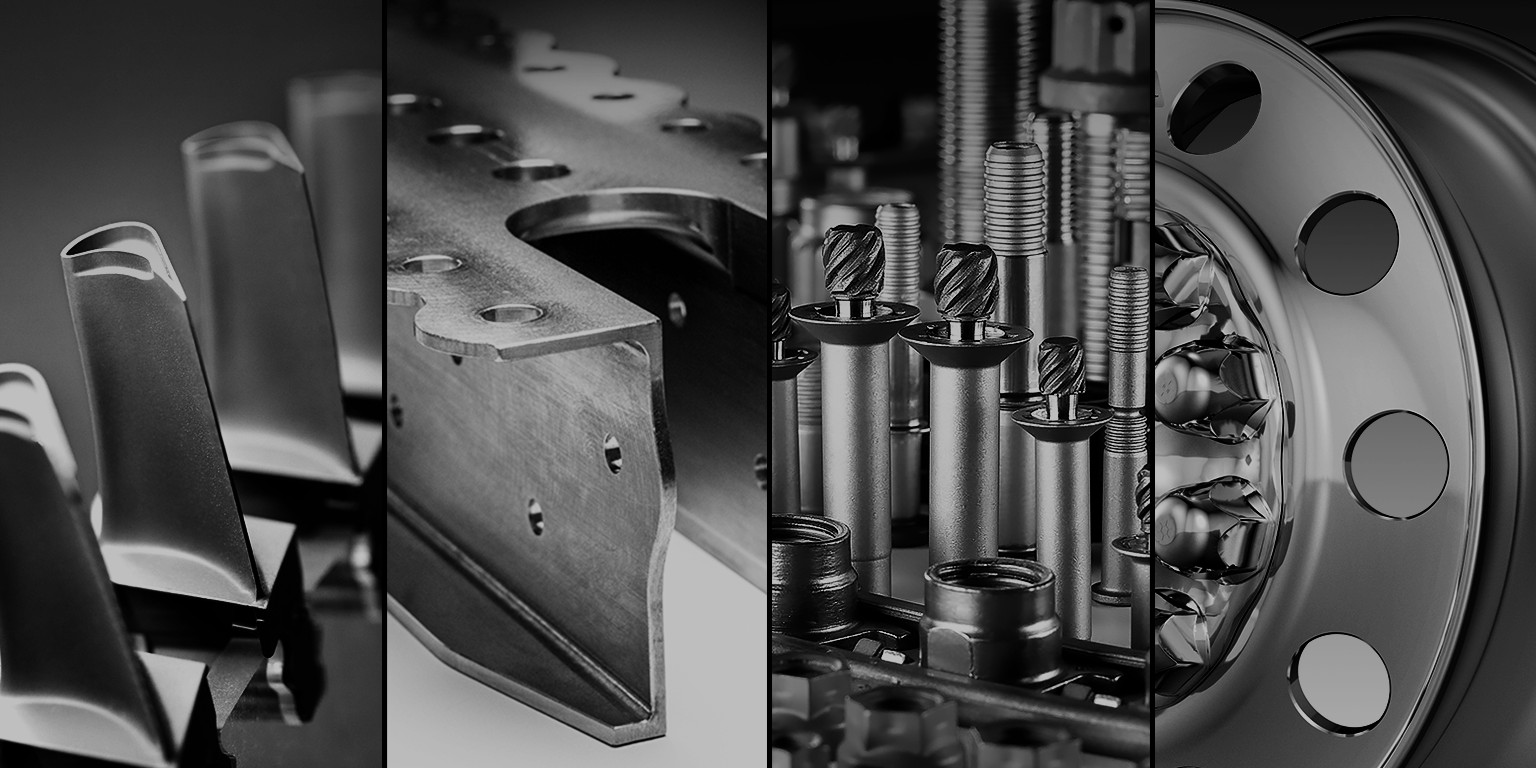



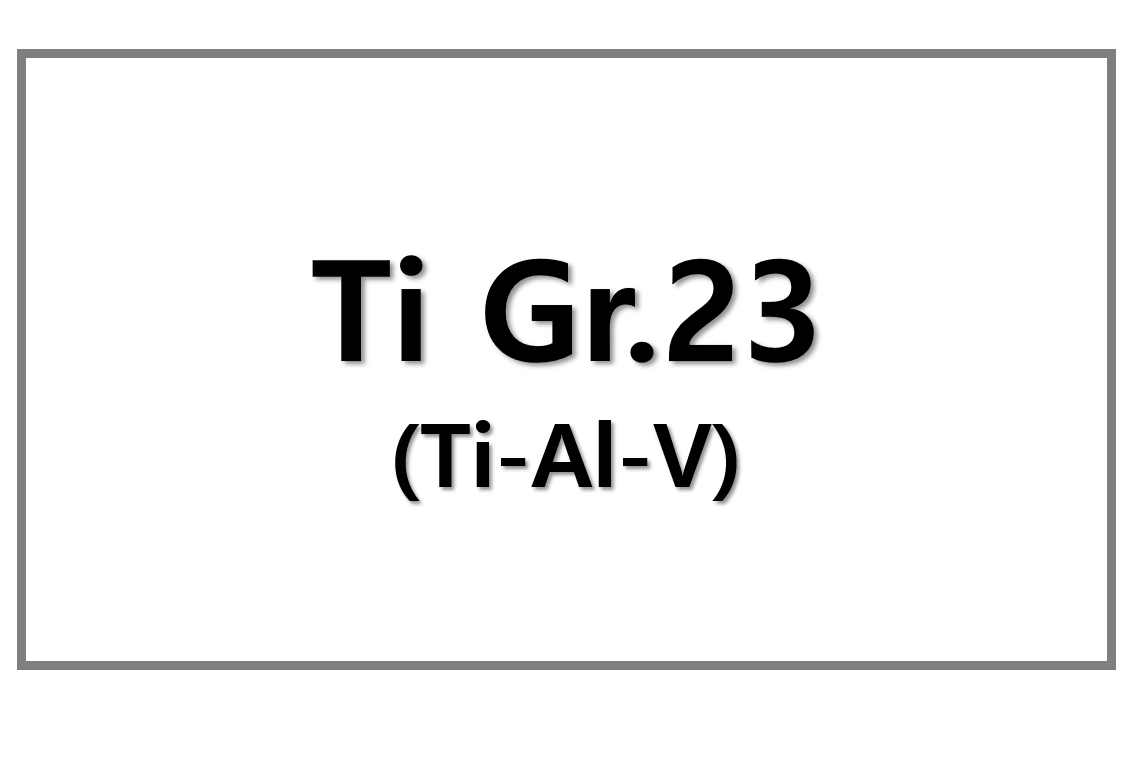
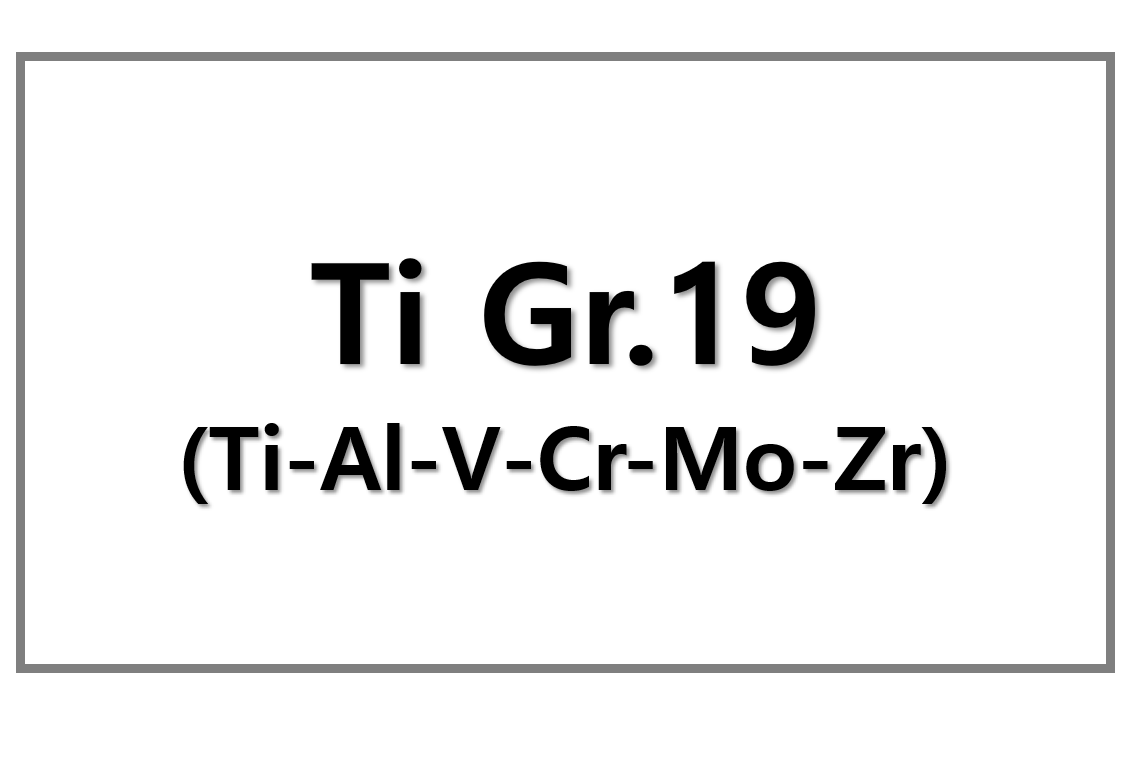
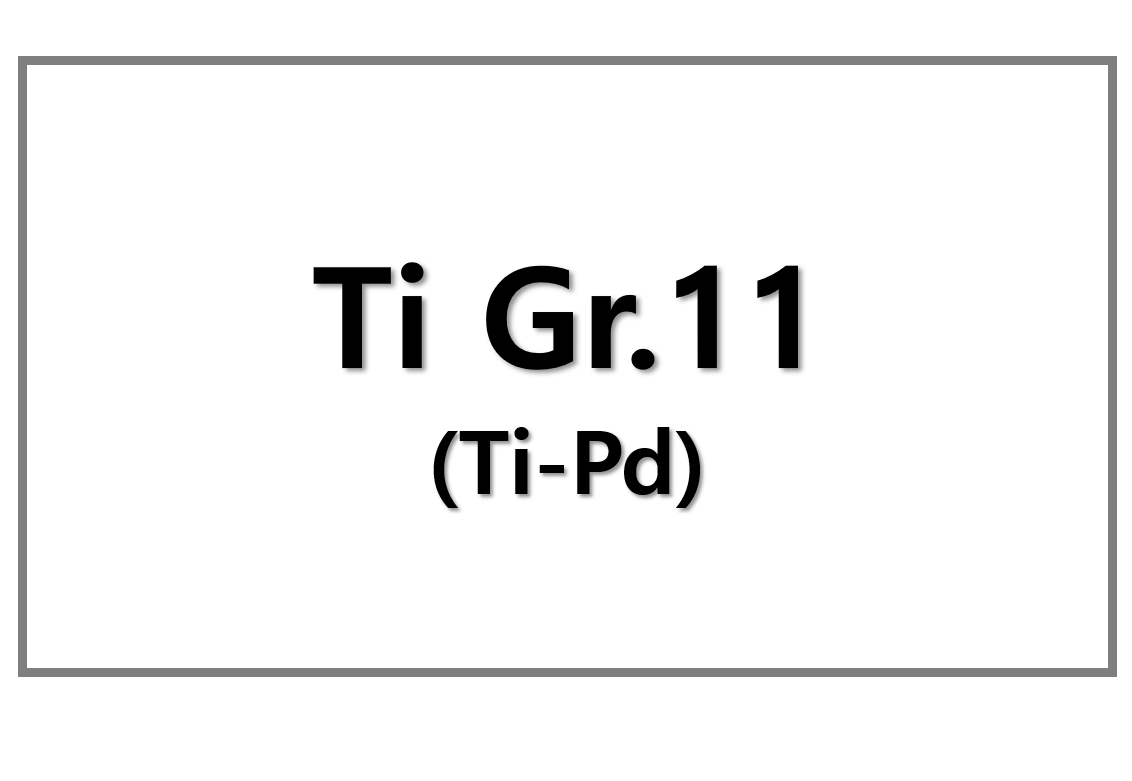
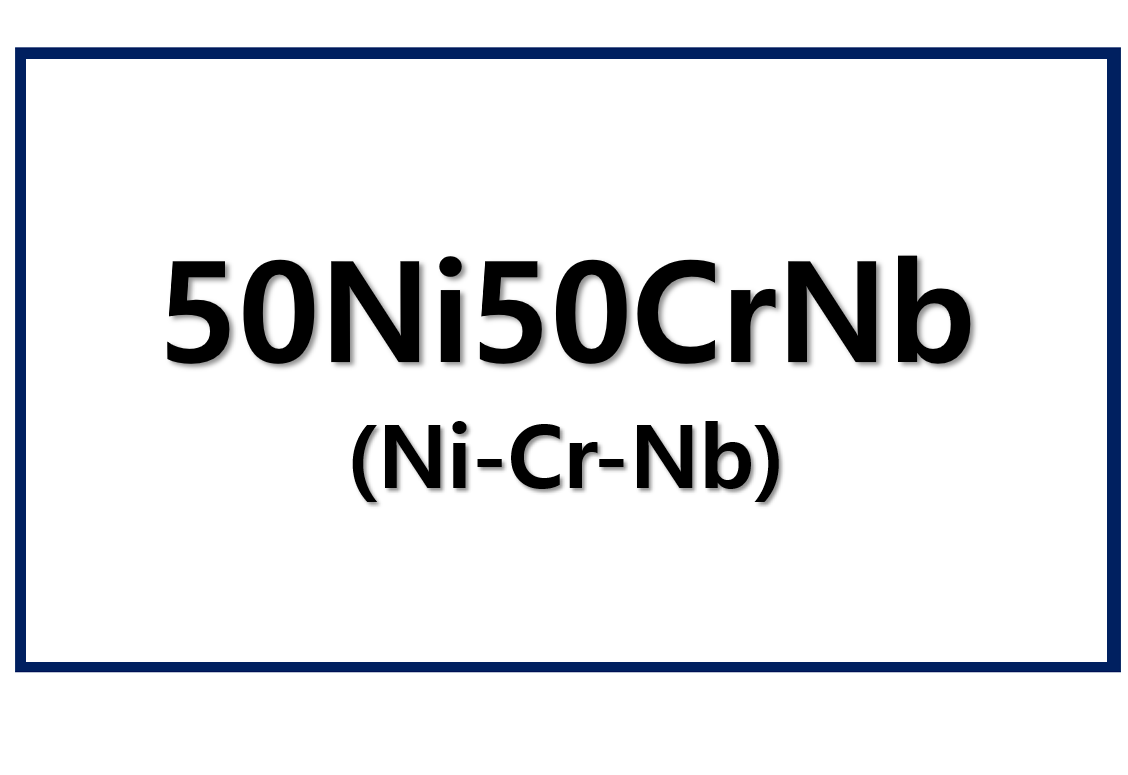
Leave a Reply
You must be logged in to post a comment.